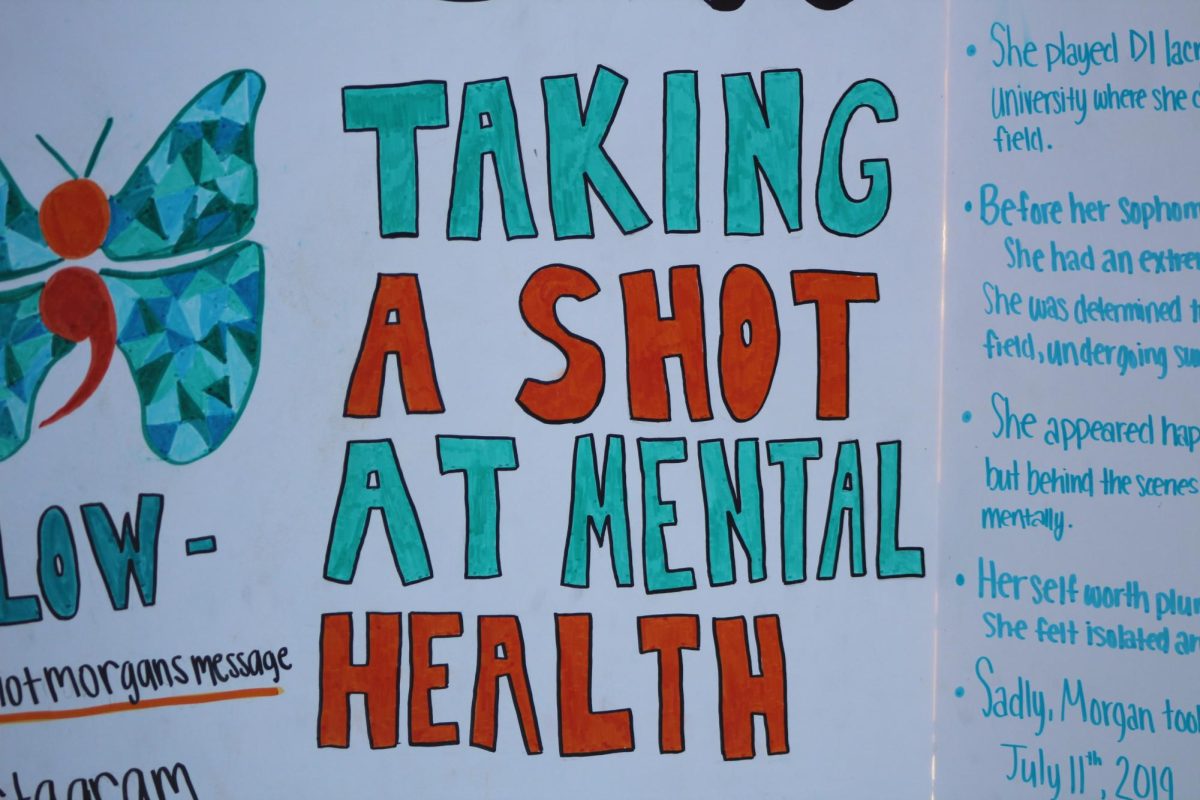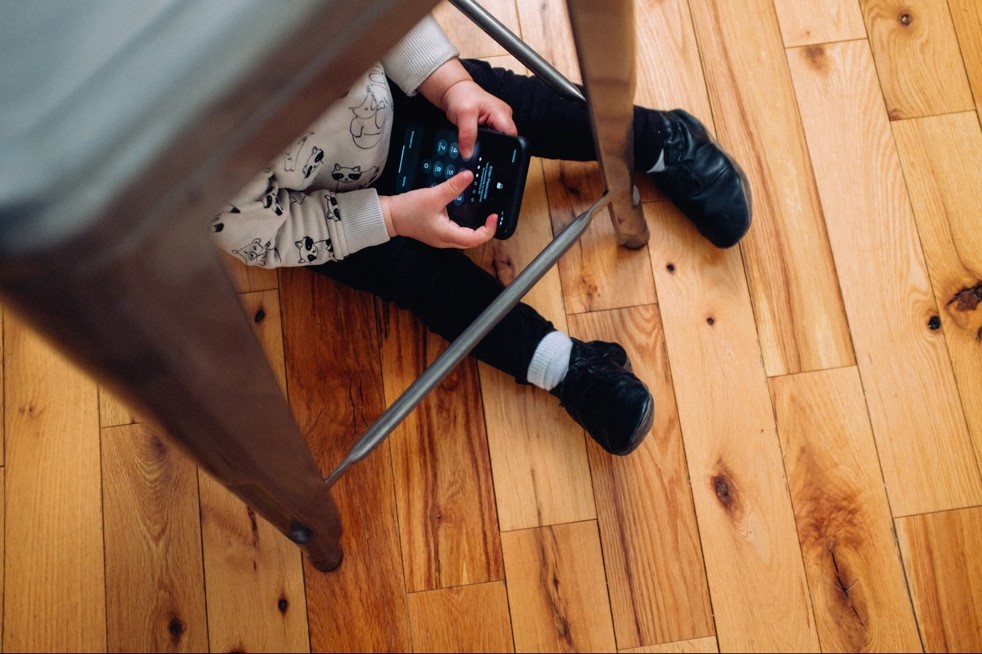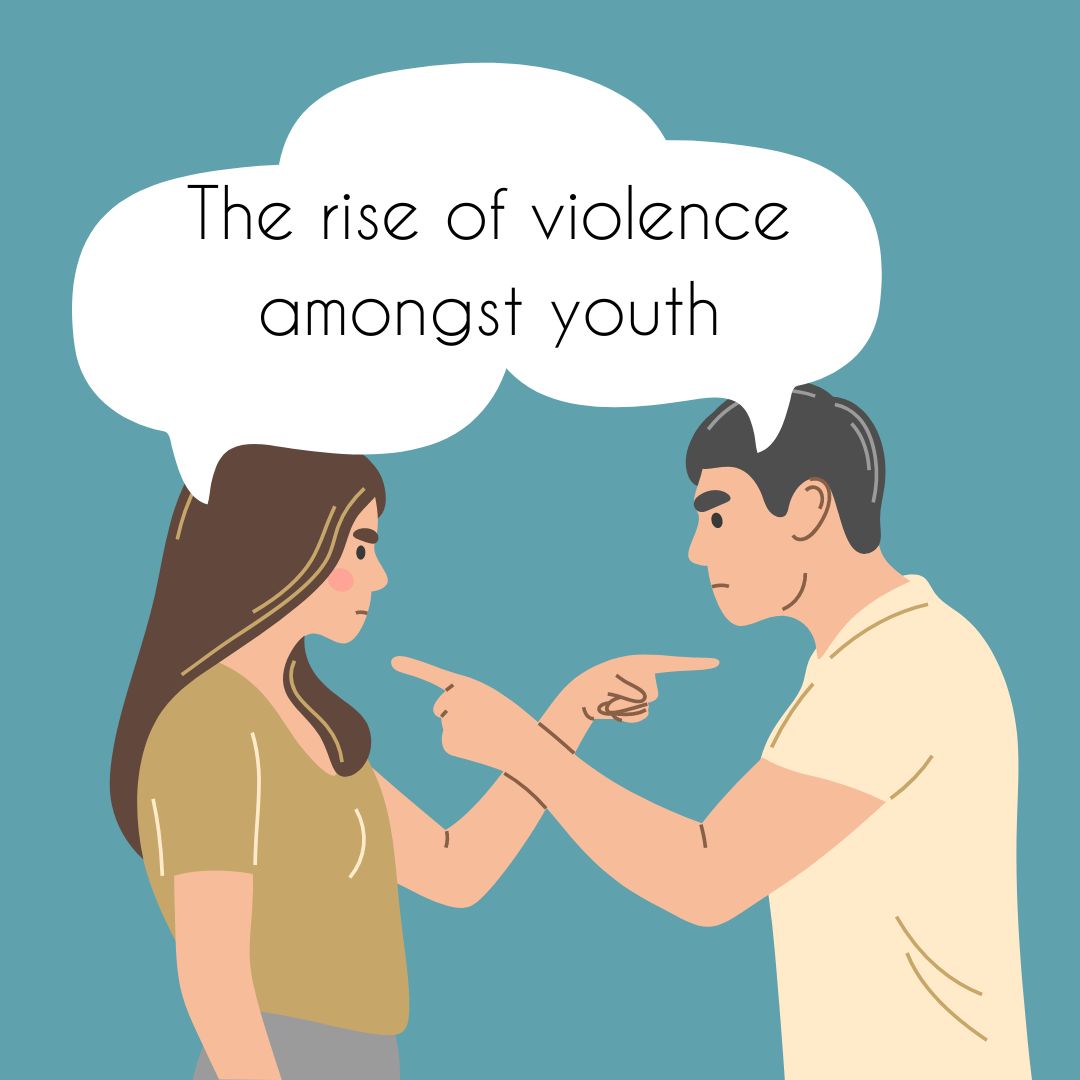Bridgerton season three is on the rise, where fashion can steal the spotlight. The fancy dress and ballgowns could be the most admirable and talked about aspect of the show. Usually, the feedback is quite positive, but the tables have turned now that the main character isn’t thin.
This season is set out to capture the story of Penelope Featherington as the lead character. Penelope is in search of a husband and is leaving behind her long-time crush, Colin Bridgerton, who was last heard talking behind her back. Not only does the actor, Nicola Coughlan, experience this on screen, but she also experiences this in real life. With being an actor and having an online presence, comes the inevitable hateful comments. Coughlan, often receiving unsolicited advice from others, asked for people to stop commenting on her appearance.
Unfortunately, many actors deal with this occurring issue daily. The lack of representation different bodies or stereotypical portrayals can contribute to the spread of fatphobia. Even if a show or movie depicts fat characters, they typically attribute them as the “funny friend” or as being “unattractive.” This contributes to the misconceptions and hateful speech that gets spread around the media. Having more positive language and allowing for fat characters to be depicted as smart and beautiful protagonists can allow for their image to be appreciated and not discriminated against.
Changing the discourse surrounding body image is important, currently, this is taking place at Patriot High School. For the Girls (FTG), a club at Patriot High school, is dedicated to creating a safe environment where everybody is celebrated and allowing for respectful discussions about body image.
Bri Bacamante (‘25), an officer of FTG, states that, “we can actively advocate for media representation that reflects the reality of human bodies by educating others about the importance of self-acceptance and self-love.”
In other popular TV shows, like Friends, Monica’s flashbacks of her before losing weight were always regarded with attitudes of embarrassment and insecurity. The scenes were added as a comedic break and it was intended for the public to laugh at her, not with her. This portrayal also sheds light on the issue of thin characters putting a fat suit on and making a mockery of fat individuals.
“There’s typically a pattern we notice when watching clothing brand commercials, makeup advertisements, and even Disney princess movies. We see the same bodies and physical features in everything,” Bacamante said.
Thankfully, as the years goes on, we are seeing more of an attempt to accurately depict different body types on screen. Shows like “Survival of the Thickest,” with the main character, actress Michelle Buteau, as a fat black woman, helped change how the entertainment industry talks about fat characters. Many are happy to see a fat character being presented as creative and fulfilled in her love life, and not the stereotypical fat character who seeks to change themselves for societal beauty standards
Not only is it important to change the stereotypical depictions of fat characters, and the language in the media, it’s also important to take accountability when conforming to fatphobic comments and bias. So, dearest gentle reader, as you start to tune into the newest season of Bridgerton, make sure to support the positive and inclusive portrayals that contribute to the story.






